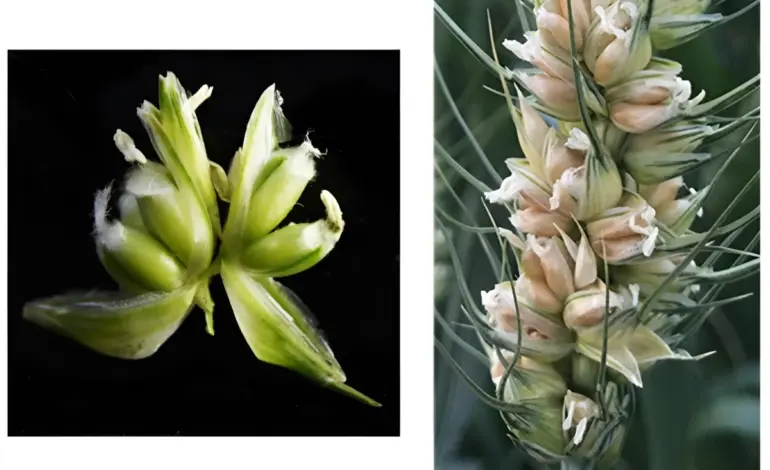Scientists Unlock Genetic Secret to Triple Wheat Grain Yields

Researchers at the University of Maryland have made a significant breakthrough in wheat genetics that could potentially triple grain yields from the same area of land. This advancement arises from the discovery of a genetic mechanism that enables certain wheat plants to produce multiple grains from each floret, a trait not typically seen in conventional varieties.
Normally, each floret in a wheat plant produces a single grain. However, the newly identified mutant strain, referred to as MOV (multi-ovary) wheat, can yield up to three grains from each floret. This remarkable potential for increased production has long intrigued scientists, yet the underlying genetic factors remained largely elusive until now.
In their recent study, published in the Proceedings of the National Academy of Sciences, the research team meticulously mapped the DNA of the MOV wheat and compared it to that of standard bread wheat varieties. They identified that a dormant gene called WUSCHEL-D1 (WUS-D1) becomes active in the MOV strain. This gene plays a crucial role in the development of additional female flower parts, such as ovaries and pistils, which are essential for grain production.
Implications for Wheat Breeding
According to Assoc. Prof. Vijay Tiwari, a co-author of the study, understanding the genetic basis behind this trait paves the way for breeders to enhance wheat varieties. “By employing a gene editing toolkit, we can now focus on further improving this trait for enhancing wheat yield,” Tiwari stated.
The implications of this research extend beyond academic interest; they hold the promise of significantly increasing global food production. Given the rising demand for food worldwide, especially in the face of climate change and population growth, enhancing crop yields is becoming increasingly critical. The ability to produce more grain using the same resources—land, water, and fertilizers—could alleviate some of the pressures on agricultural systems.
Future of Wheat Production
The research team aims to explore ways to activate the WUS-D1 gene in cultivated wheat plants, thereby increasing their yield potential. If successful, this innovation could lead to a new generation of wheat that not only meets the nutritional needs of growing populations but also does so sustainably.
As the world grapples with food security challenges, breakthroughs like this one from the University of Maryland represent a vital step towards developing crops that can thrive in changing climates while feeding billions. The focus now shifts to practical applications of this discovery, with hopes that it will soon translate into tangible benefits for farmers and consumers alike.






